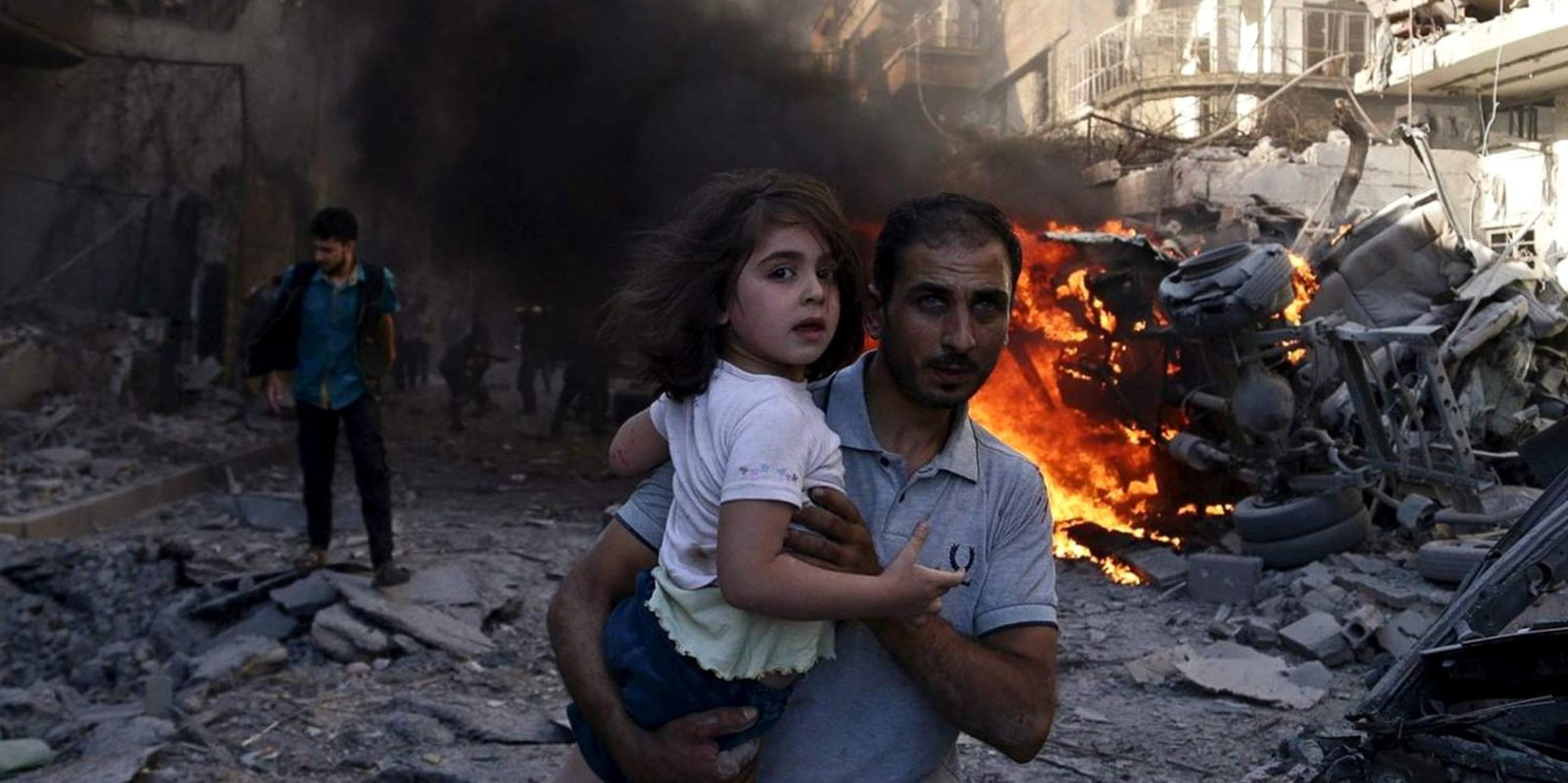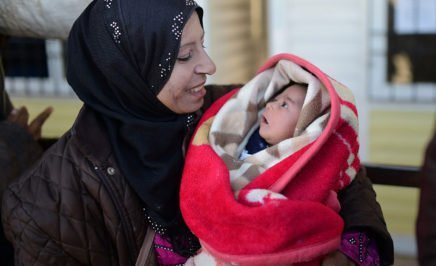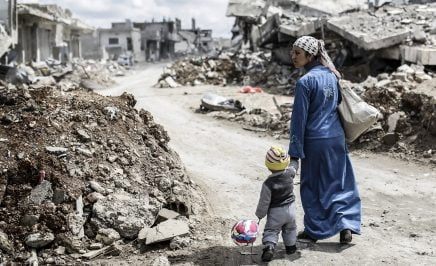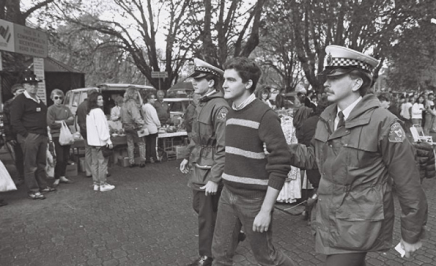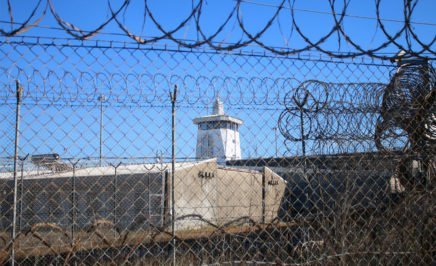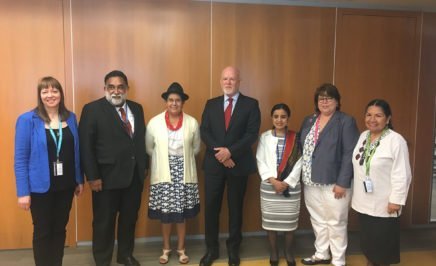As we approach the fifth anniversary of the start of Syria’s violent civil war, Amnesty Intern Cheye Gameren reflects on the past five years.
A lot can happen in five years
Over the past five years I’ve had the chance to study, travel the world, volunteer, and make countless happy memories with friends and family. Syrians my age haven’t been so lucky. For five years the people of Syria have been fighting to survive the worst humanitarian crisis of our time.
Let’s put it in perspective:
The Syrian conflict so far…
March 15 marks the fifth anniversary of the start of the conflict in Syria. Over five years, 11 million people – that’s half of the country’s pre-war population – have been killed or forced to flee their homes.
In 2011, as I was happily traveling around Europe, anti-government demonstrations were spreading through Syria. The Syrian Government responded violently, torturing and killing activists. It didn’t take long for rebel groups to form and a full scale civil war to unfold.
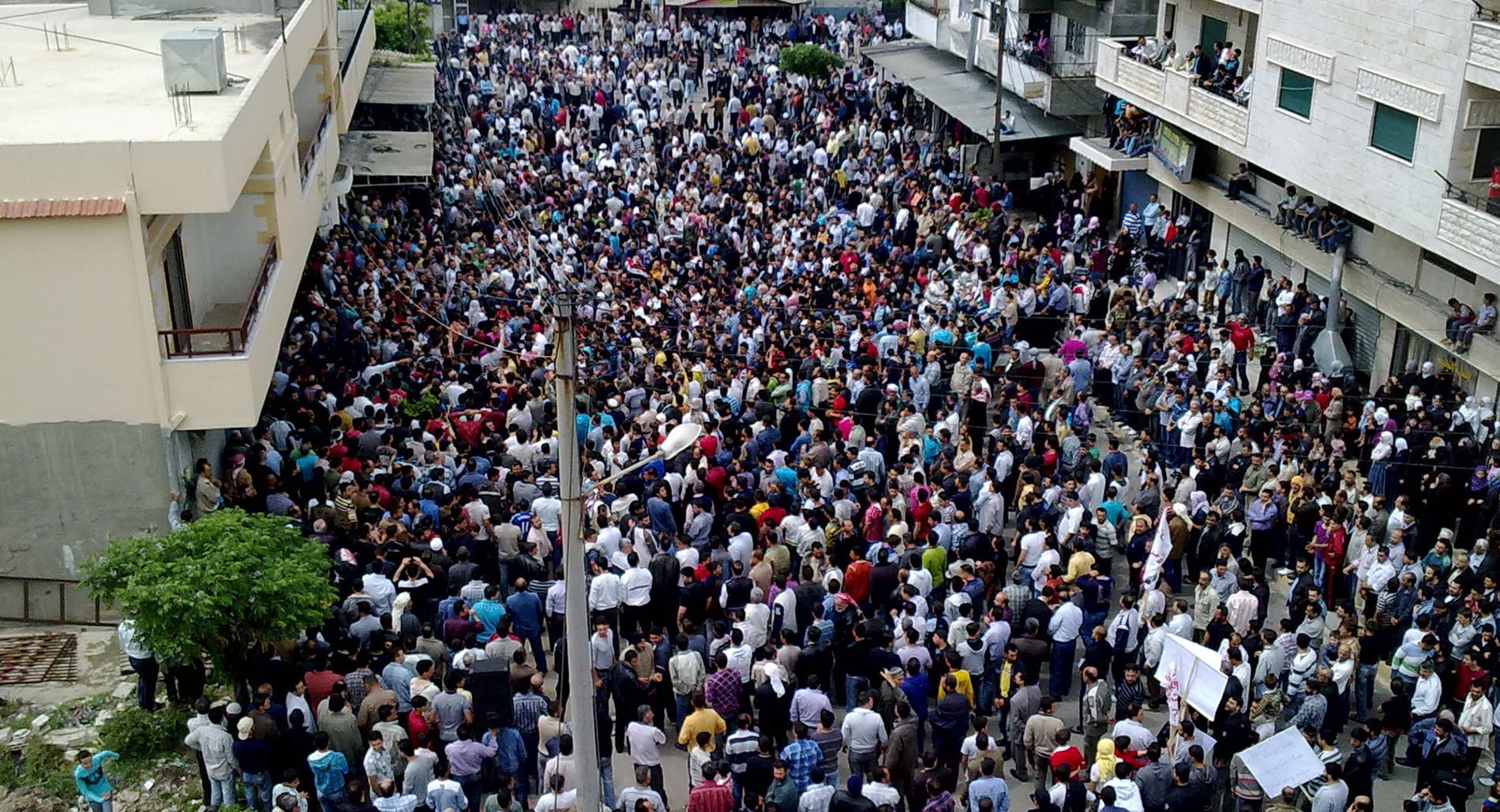
2012 was a pretty quiet year for me. However, the violence in Syria continued to worsen, with the death toll swelling to 40,000. The UN Human Rights Council accused the Syrian Government and opposition forces of committing war crimes in the massacre of more than 100 people, half of whom were children, in the village of Houla in May.
In 2013, as I was busy finishing my degree and saving up to move out, two million people were forced to leave their homes in Syria, and casualties had more than tripled. As I sat eating my breakfast in my new apartment on the morning of 21 August, rockets filled with the chemical nerve agent Sarin, killed 1,429 people as they slept in their homes.
In 2014, as I began the first year of my postgraduate degree, Syrians my age no longer had the option of attending university and school is becoming a distant memory for a whole generation of Syrian children.
As I began saving for a trip to Japan, Syrians were fighting to survive daily bombardments and terrible living conditions. And Syria’s refugees weren’t any better off. Reports in 2014 highlighted the plight of those starving to death in Yarmouk Camp because the government had restricted the delivery of food and medical aid to people in and around Damascus.
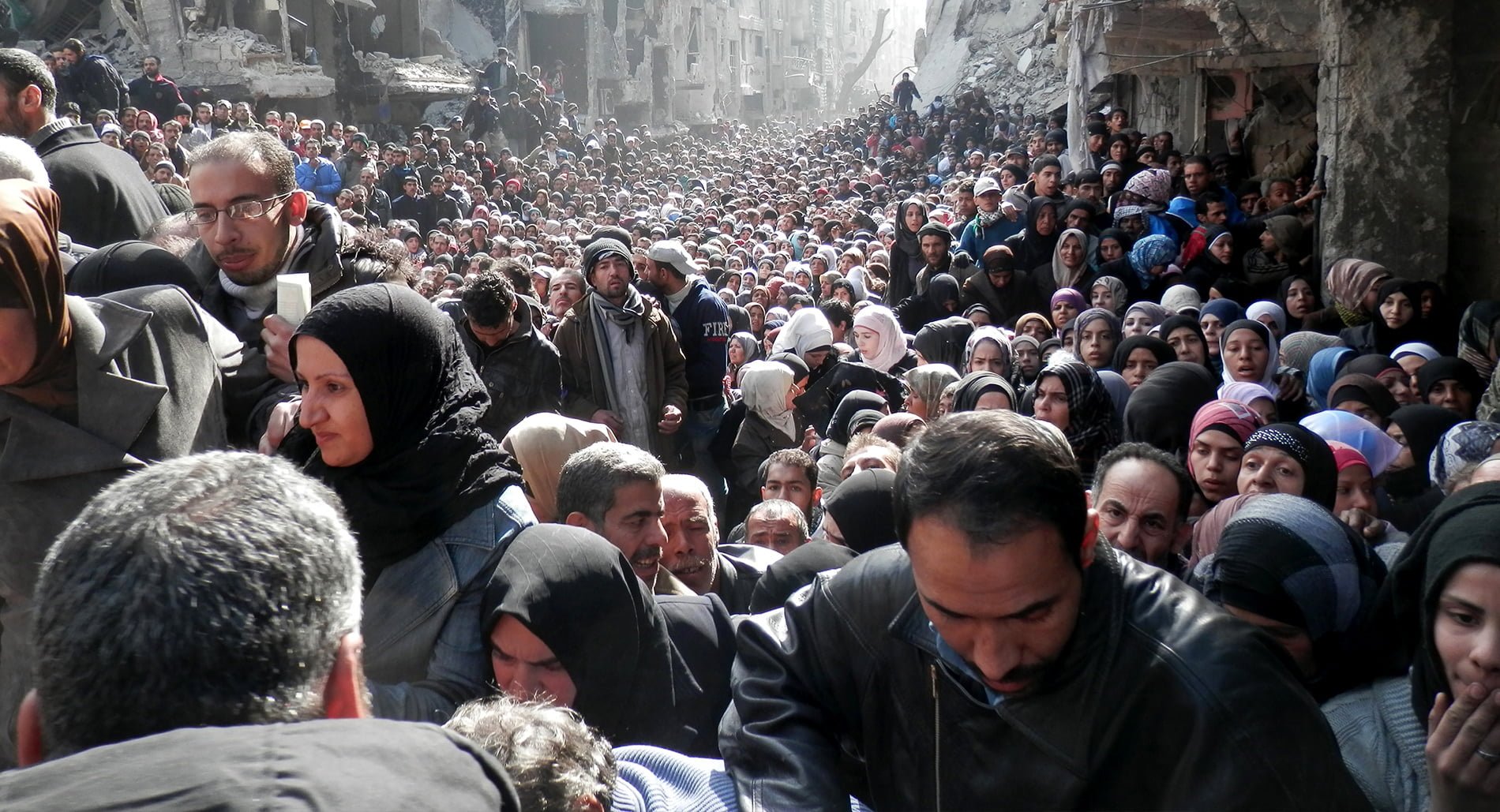
2015 saw the lack of food supplies and humanitarian aid continue. The town of Madaya has been besieged since July, and with a kilo of rice costing US$450, families are trying to survive on water and leaves. Tragically Madaya is just the tip of the iceberg – an estimated 400,000 people are struggling without basic lifesaving aid across Syria.
2016 is a new year
Five years on and we continue to live our lives as the people of Syria have theirs torn apart. Everyone should be able to live and raise their families free from the daily horrors you’ve just read about.
Over 14,000 of you have signed our petition so far. With a quarter of a million people dead and 4.6 million displaced, you can help by calling on the Australian Government and the international community to do more to protect the people of Syria.
This year I’m going to finish my Postgrad and do some more traveling…what does 2016 look like for you? What does it look like for the people of Syria?
Cheye Gameren is a 24-year-old JD student about to start her final year at UWA, where she did her undergraduate degree in psychology.
